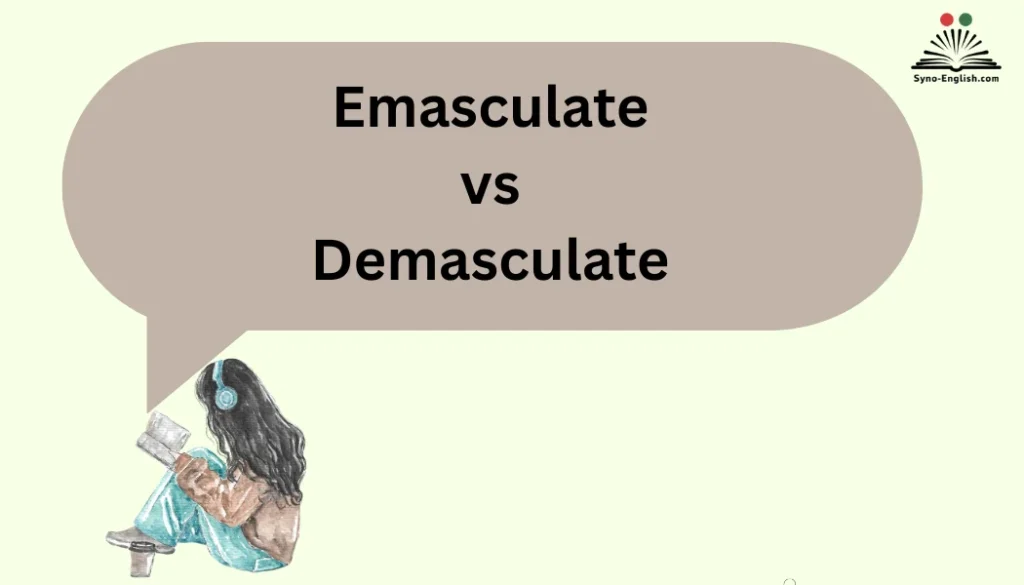Every Easter, Christians around the world pause to reflect on the phrase “He Is Risen or He Has Risen,” a statement that echoes through churches, hymns, and social media with timeless emotion and spiritual meaning. From a personal view, each time I see these words, I feel the strength of faith that has persisted for centuries.
Though the modern form “He has risen” may sound more grammatically correct, both expressions carry the same power to uncover the heart of the story, spreading a message of hope and renewal that never fades.When I studied English grammar, I often wondered why
“He is risen” doesn’t follow modern usage. Through reading scripture and studying theology, I discovered that this older structure of language in early translations wasn’t about being a better or worse choice, but about preserving a sacred echo of history. The article of faith carried by these words helps us understand not only the difference between them but also the shared essence of culture and worship that unites believers across generations.
Understanding the Core Phrases
Before exploring history or theology, let’s clarify what the two forms mean.
- He is risen: An older English grammatical construction. Here, is functions as an auxiliary verb, paired with the past participle risen.
- He has risen: A more familiar modern English form. Has is the auxiliary verb that signals the perfect tense.
Both communicate the same reality—that Christ has been raised from the dead—but they do so with slightly different grammatical flavors.
Key Difference: “He is risen” emphasizes a state of being—Jesus is in the condition of having risen. “He has risen” emphasizes the completed action—Jesus performed the act of rising.
Historical Grammar and Linguistic Roots
To modern ears, “He is risen” may sound unusual. That’s because this form reflects a stage of English grammar that has largely faded.
Use of to be as an Auxiliary
In Old and Middle English, certain intransitive verbs—especially verbs of motion or change—used to be instead of to have as auxiliaries in perfect constructions.
Examples:
- “He is come” (He has come)
- “She is gone” (She has gone)
“They are fallen” (They have fallen)
“He is risen” fits this pattern perfectly. It was entirely natural English in the 14th through 17th centuries.
Shift Toward Has
By the 18th century, English speakers shifted toward using has/have almost universally for the perfect tense. The to be auxiliary became archaic, surviving mainly in a few frozen expressions like “He is gone.”
| Historical Stage | Example | Modern Equivalent |
| Old/Middle English | He is risen | He has risen |
| Early Modern English | Christ is come | Christ has come |
| Modern English | She is gone | She has gone (though “She is gone” remains idiomatic) |
Thus, “He is risen” is not a mistake but a preserved form of older English.
Biblical Translation Evidence
The debate cannot be separated from Bible translations. The phrase entered English-speaking Christianity through Scripture.
The King James Bible (1611)
The King James Version (KJV) famously uses “He is risen” in Matthew 28:6:
“He is not here: for he is risen, as he said.”
This phrasing reflected natural English of its time. Earlier translations like the Geneva Bible (1560) also used the same construction.
Modern Translations
Newer translations often update the phrase:
- NIV (New International Version): “He has risen.”
- ESV (English Standard Version): “He has risen.”
- NRSV (New Revised Standard Version): “He has been raised.”
| Translation | Phrase |
| KJV (1611) | He is risen |
| Geneva Bible (1560) | He is risen |
| NIV | He has risen |
| ESV | He has risen |
| NRSV | He has been raised |
Greek and Latin Sources
The Greek text of Matthew 28:6 uses the verb ἐγήγερται (egegertai), a perfect passive form meaning “He has been raised.” Latin Vulgate translations rendered this as surrexit (He has risen).
Thus, theologically and linguistically, “He has risen” aligns more closely with the Greek. Yet English tradition preserved “He is risen” due to historical grammar and liturgical use.
Theological and Liturgical Significance
Beyond grammar, the phrase carries weight because of its role in Christian worship.
A Proclamation, Not Just a Statement
“He is risen” functions less as a grammatical sentence and more as a proclamation. It declares a present reality—Christ is alive.
That’s why churches often use the Easter call-and-response:
- Leader: “Christ is risen!”
- People: “He is risen indeed!”
Liturgical Tradition
For centuries, Easter liturgies in both Catholic and Protestant traditions have preserved “He is risen.” The phrase has become part of the sacred rhythm of worship.
Symbolic Difference
- “He is risen” – Declares the reality of resurrection here and now.
- “He has risen” – States a past event that happened.
Both are true, but the first resonates as a celebration of the living Christ.
Modern English Usage and Common Perception
Today, many English speakers instinctively prefer “He has risen” because it aligns with current grammar rules. However, usage in context tells a more nuanced story.
Why “He has risen” Feels Natural
- Aligns with standard auxiliary use in modern English.
- Matches other verbs of action (“She has gone,” “He has spoken”).
- Fits academic and everyday writing styles.
Why “He is risen” Still Persists
- Preserved in religious settings, hymns, and scripture readings.
- Holds deep emotional and cultural resonance.
- Seen as traditional, poetic, and timeless.
Common Misconception: Some assume “He is risen” is incorrect English. In fact, it is historically valid, though archaic.
Cultural and Contemporary Resonance
Even outside church walls, the phrase “He is risen” continues to echo.
Hymns and Music
Classic hymns such as Christ the Lord Is Risen Today and He Is Risen! He Is Risen! cemented the phrase in Christian consciousness.
Art and Literature
Religious art and literature often preserve the older form because of its solemn, elevated tone. Easter cards, church bulletins, and even newspaper headlines favor the traditional wording.
Social Media and Public Expression
On Easter Sunday, millions of believers post “He is risen!” as a joyful declaration of faith. While “He has risen” may appear, the shorter, more liturgical phrase dominates.
When to Use Each Phrase
So which should you use—”He is risen” or “He has risen”? The answer depends on audience, context, and purpose.
Best Uses of “He is Risen”
- In liturgical or worship settings (church services, Easter greetings)
- When quoting or referencing the King James Bible
- For traditional or poetic effect
Best Uses of “He Has Risen”
- In modern translations of Scripture (NIV, ESV, etc.)
- In academic or explanatory writing
- When addressing audiences unfamiliar with older English
Quick Guide:
| Context | Preferred Phrase |
| Worship/Liturgy | He is risen |
| Academic Writing | He has risen |
| Bible Quotations | Match the translation used |
| Everyday Conversation | He has risen |
Conclusion
The phrase He Is Risen or He Has Risen continues to stand as one of the most meaningful expressions in Christian faith. Its lasting presence reflects the deep connection between language, belief, and history. While the modern world often prefers grammatical precision, the beauty of the older form lies in its scriptural roots. It reminds us of the centuries of faith, worship, and theology that shaped Christian culture. The phrase bridges ancient grammar with modern understanding, showing that sacred words hold more than linguistic value—they embody devotion and eternal hope.
In both daily and spiritual use, this phrase carries the message of renewal, confidence, and belief that transcends time. Whether on banners, in churches, or shared across social media, “He Is Risen” remains a declaration of life’s victory over despair. Through its continued usage, we see how language evolves yet preserves its sacred essence. It is more than grammar—it is the story of humanity’s connection to faith and the divine. The endurance of this expression across culture and history reminds us that true meaning lies not only in words but in the heart that speaks them.
FAQs
What does “He Is Risen” mean?
It means Jesus Christ has risen from the dead, symbolizing victory over death and hope for eternal life.
Why do Christians say “He Is Risen”?
It’s a proclamation of faith shared during Easter, celebrating Christ’s resurrection and renewal.
Is “He Has Risen” grammatically correct?
Yes, both “He Is Risen” and “He Has Risen” are correct, though the first follows older English usage.
Why is “He Is Risen” used instead of “He Has Risen”?
The phrase “He Is Risen” preserves historical and biblical phrasing, maintaining its sacred tone.
What’s the difference between the two forms?
“He Is Risen” uses older English grammar, while “He Has Risen” fits modern grammatical structure.
How long has the phrase been used?
It has persisted for centuries, dating back to early translations of the Bible and ancient Christian worship.
Where is this phrase commonly seen?
It appears on Easter banners, greeting cards, hymns, and church messages around the world.
What is the deeper meaning of the phrase?
It symbolizes renewal, spiritual awakening, and the triumph of life over death.
Can non-Christians use the phrase?
Yes, it can be appreciated as a symbol of hope and renewal beyond religious boundaries.
Why is this phrase still important today?
It connects modern believers to ancient faith traditions, preserving both grammar and meaning through time.

Emma Brooke is a passionate English educator, writer, and language enthusiast with over a decade of experience helping learners master the nuances of the English language. At SynoEnglish, she blends practical grammar advice with real-world communication tips to make English easier, clearer, and more enjoyable for readers of all levels.



